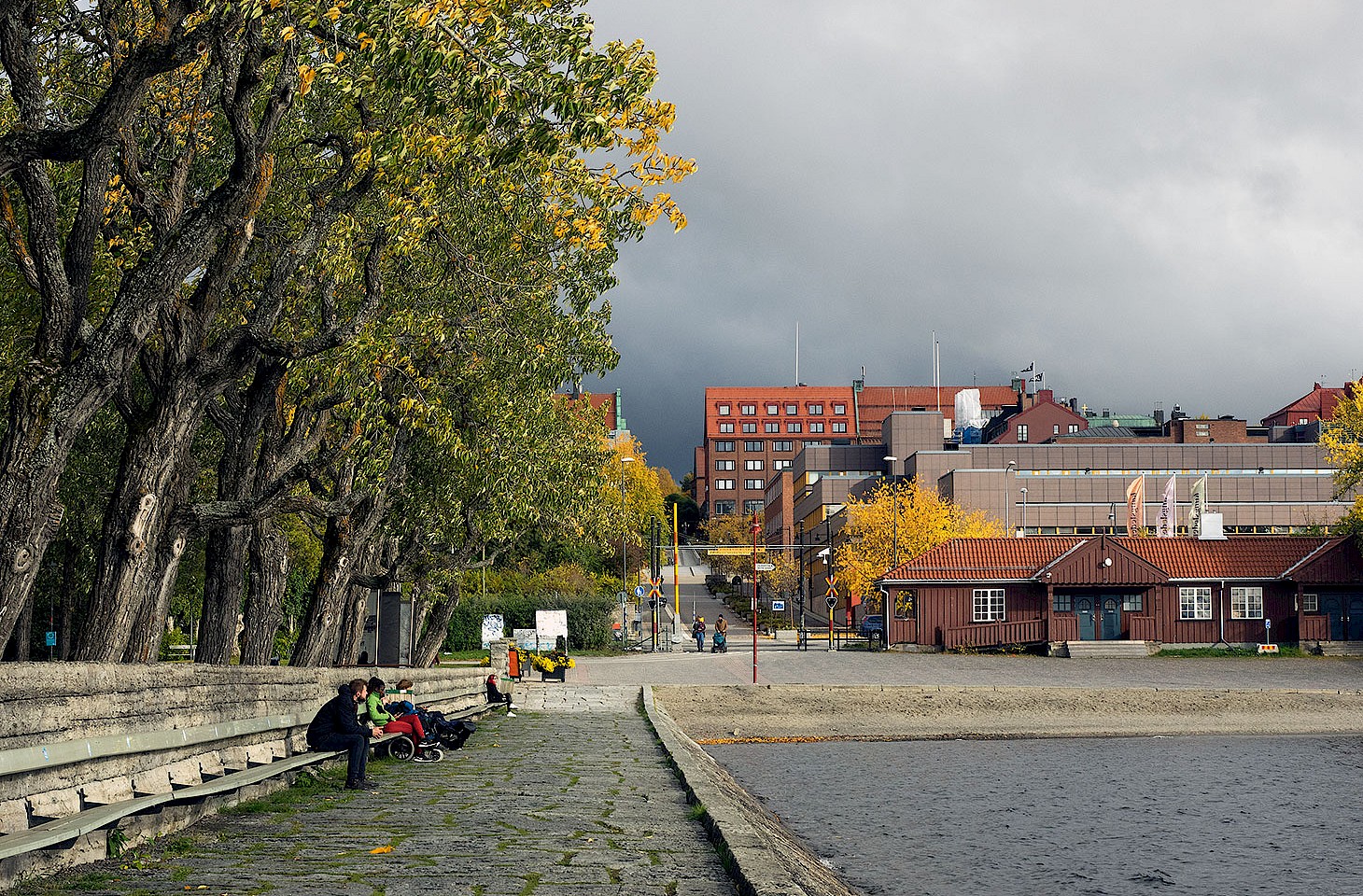Quite what Jehan Hoye did in 1407 to so inflame the tempers of the English we shall never know. But Jehan’s alleged misdemeanours cost him his life. He was thrown by the English into the harbour at Boulogne and that was where the unfortunate fisherman met his fate. Jehan’s is the first of over five thousand names inscribed in a book of remembrance in a little chapel on the prominent headland just north of Boulogne’s former fishing quarter. The volume records the deaths of mariners from Boulogne and its region who perished in the waters along the Côte d’Opale or further afield. One storm in 1881 claimed 102 victims, leaving 50 widows in the Beurière district of Boulogne alone. A huge crucifix, Christ battered by the fierce west winds, presides over the white chapel. It is a local landmark and a good spot from which to watch the steady procession of fishing vessels making their way into the Quai Gambetta, there to unload their catches.
From this bleakly windswept spot, there is a fine view back over the Boulogne docks, nowadays sadly bereft of ferries. And, on clear days, the coast of Kent is visible away to the north-west, a reminder that this is a corner of France the fate of which has long been bound up with England.
For English travellers who ventured to the continent after the Napoleonic Wars, keen to explore territory to which access had been barred during the conflicts, Boulogne was often the first port of call. In the early days, it was not possible to cross the Channel without getting one’s feet wet. But conditions improved when steam replaced sail on the packet boats from Kent, and the passage time to Boulogne thus became much more predictable.
With the development of railways from London to the Kent coast, adventurous Londoners realised that Boulogne was just a few hours away. On the French side of the Channel, the railways were much slower in arriving, so for many years Boulogne enjoyed a stream of English excursionists whose one and only experience of France was the small fishing town on the Côte d’Opale. The onward journey to Paris by diligence was onerous in pre-railway days and most British visitors were content to stay put in the port where they disembarked.
A Mecca for excursionists
With a weekend return ticket from London to Boulogne (which included rail travel from London and the crossing by steamer to France) costing just one pound, thousands of Brits were seduced by the idea of spending a weekend on the continent. In the early years of this rhythmic exodus to Boulogne, there was simply no comparably large excursion market anywhere else in Europe: Thus in Boulogne were sown the very first seeds of the ‘city break’ on the continent that has emerged as so favoured an aspect of British life since the jet engine dramatically reduced the cost of air travel.
By 1840, Boulogne had all the amenities required by the British visitors who came increasingly to dominate aspects of Boulogne life. Hotels and restaurants catered to their English visitors (amiably dubbed rostbifs by the fish-eating locals), there were Anglican churches (appealing to both High and Low inclinations) and there was a veritable army of middlemen who helped smooth ruffled feathers and strike a compromise as the English found themselves in conflict with the French authorities — a tussle that usually started when English visitors tried illicitly to import tea as they disembarked at Boulogne.


